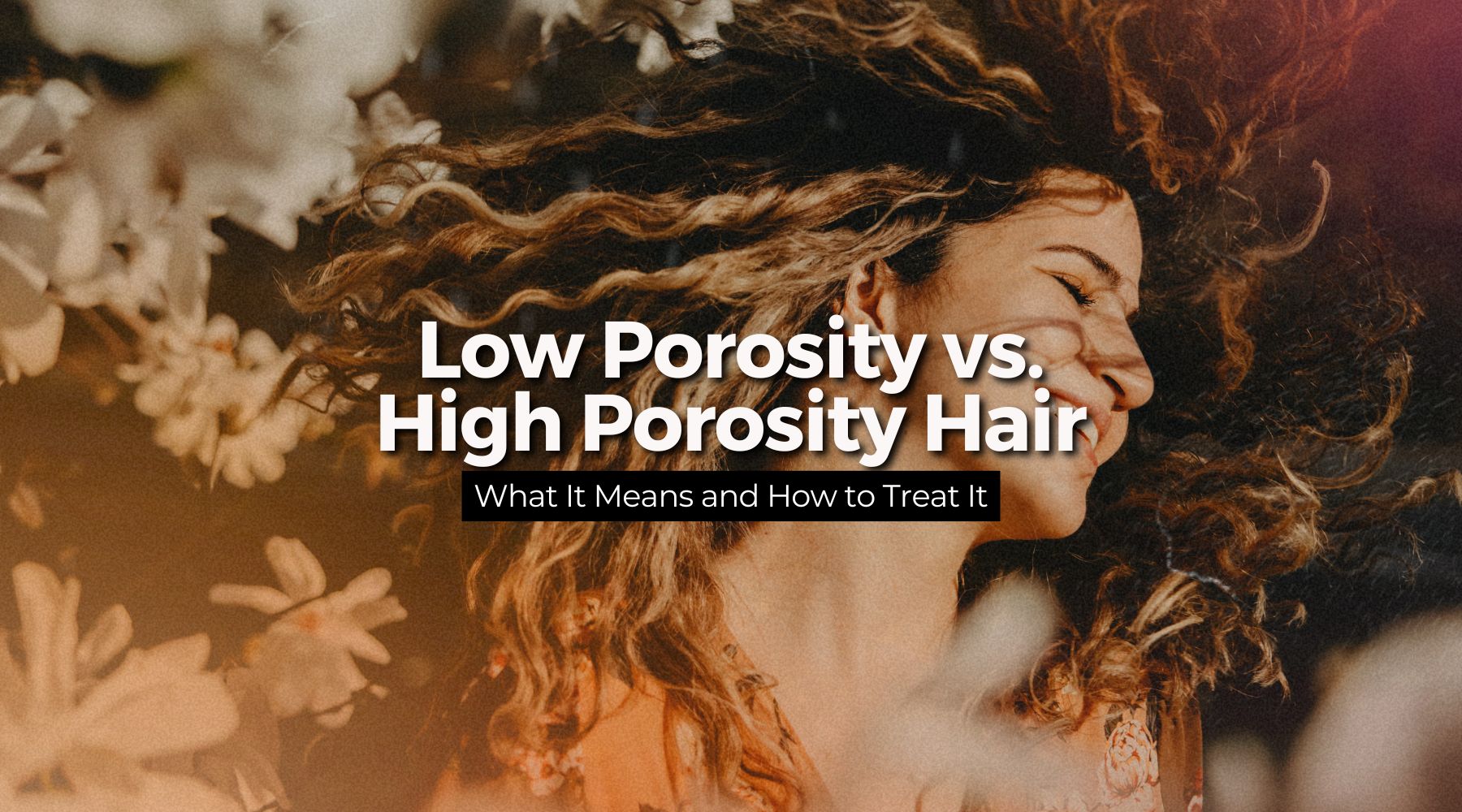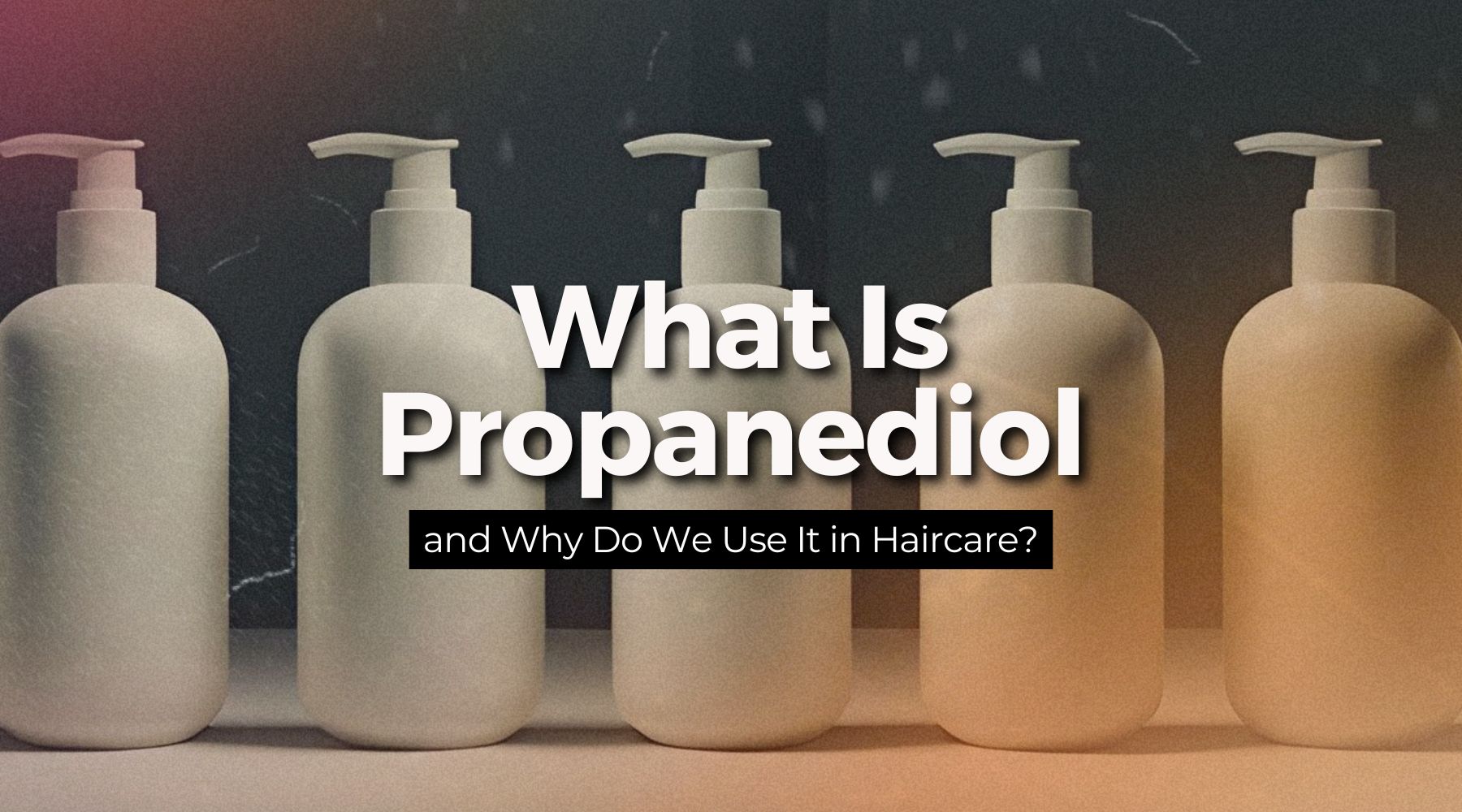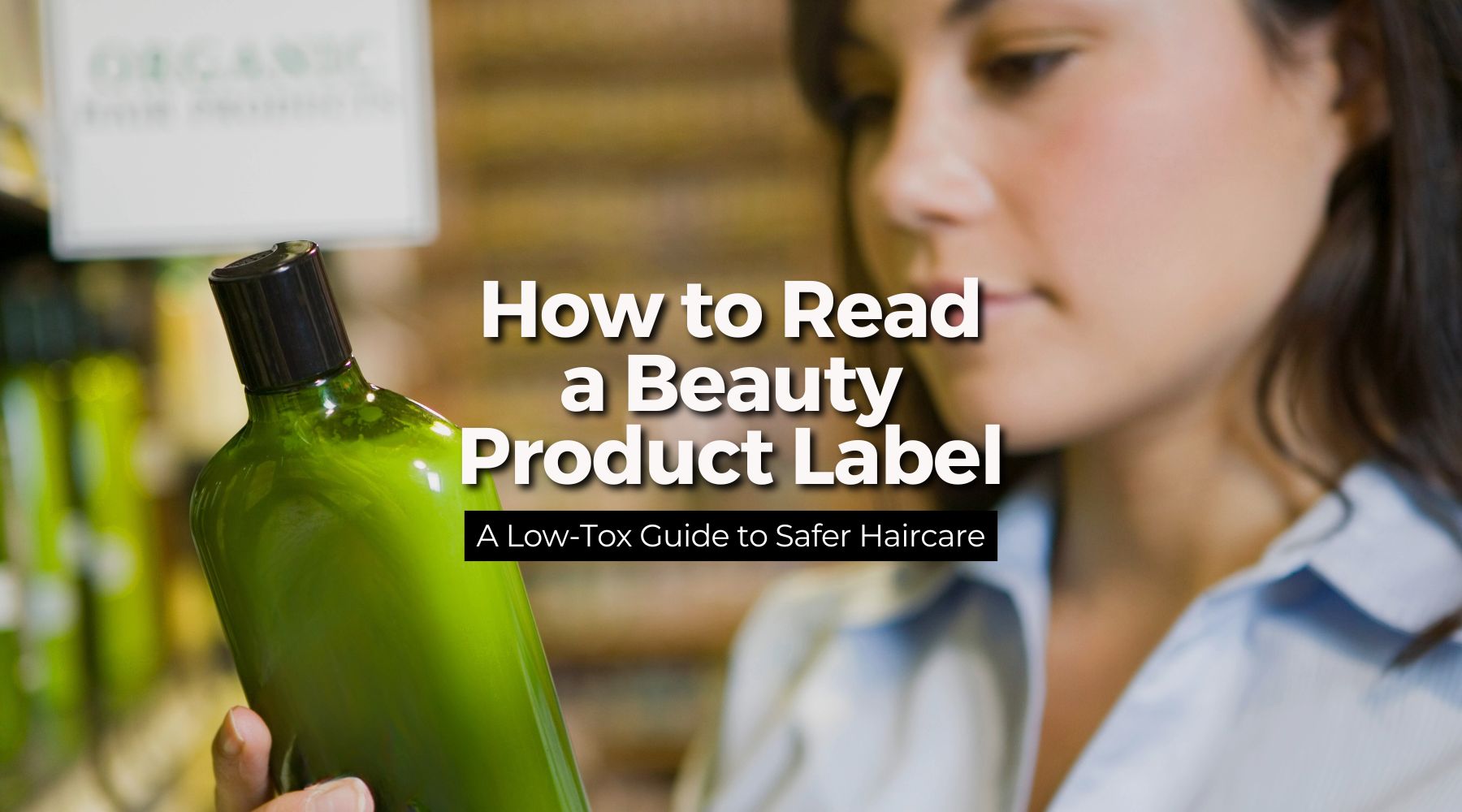Low Porosity vs. High Porosity Hair: What It Means and How to Treat It

You’ve heard people talk about thick hair, curly hair, oily hair… but what about porosity?
Porosity isn’t your hair type it’s your hair’s personality. It describes how easily your strands absorb and retain moisture, which affects everything from hydration to frizz to how your hair responds to product.
Understanding your hair’s porosity can be the key to making your shampoo, conditioner, and treatments actually work for you, instead of sitting on your hair (or disappearing into it).
Here’s how to tell whether you have low, medium, or high porosity hair and how to care for it, the BodFood way.
What Is Hair Porosity, Anyway?
Porosity is all about the structure of your hair cuticle, the outermost layer of each strand. Think of it like shingles on a roof. Depending on how open or tightly sealed those “shingles” are, water and products either:
-
Sit on top and struggle to get in (low porosity)
-
Enter and exit at a balanced rate (medium porosity)
-
Absorb quickly but also escape quickly (high porosity)
How to Test Your Porosity at Home
Here’s a quick way to check your hair porosity:
-
Take a clean strand of dry hair (no product).
-
Drop it into a glass of water.
-
Watch what happens.
-
Floats for a while? Likely low porosity.
-
Sinks slowly? Medium porosity.
-
Sinks quickly? High porosity.
Not an exact science, but a helpful clue!
What Low Porosity Hair Looks Like
-
Water tends to bead or sit on your hair
-
Products build up easily
-
Hair takes a long time to air dry
-
Can feel “producty” or greasy even when clean
-
Struggles to absorb moisture
How to Care for It:
-
Use lightweight, water-based products (avoid heavy butters or oils)
-
Apply conditioner to damp, not soaking wet, hair
-
Try warm water or gentle heat to help open the cuticle
-
Clarify regularly with a gentle shampoo to prevent buildup
BodFood picks:
- Voluminous Shampoo
-
Voluminous Conditioner
-
Sea Salt Spray for lift without weight
What High Porosity Hair Looks Like
-
Soaks up moisture and product easily
-
Dries quickly, sometimes too quickly
-
Prone to frizz and tangling
-
Often feels dry, especially at the ends
-
More common in curly or chemically processed hair
How to Care for It:
-
Focus on moisture + protein (like hydrolysed quinoa or rice protein)
-
Use sealing oils or serums to lock in hydration
-
Be gentle when brushing or detangling
-
Avoid harsh surfactants or drying alcohols
BodFood picks:
- Strength & Repair Shampoo
-
Maxim Moisturising Conditioner
-
Shine & Moisture Serum to seal and smooth
What About Medium Porosity?
If your hair holds moisture well, responds to product easily, and isn’t too dry or too oily… congratulations! You’ve got the “easiest” porosity to work with. Stick to gentle, balanced products and avoid overloading with protein or heavy oils.
In conclusion, porosity isn’t good or bad, it’s just information. Once you know how your hair behaves, you can tailor your care routine to match. And that means fewer product regrets, better results, and more good hair days.
Because the better you understand your hair, the better you can care for it naturally, cleanly, and in a way that feels right for you.





Comments